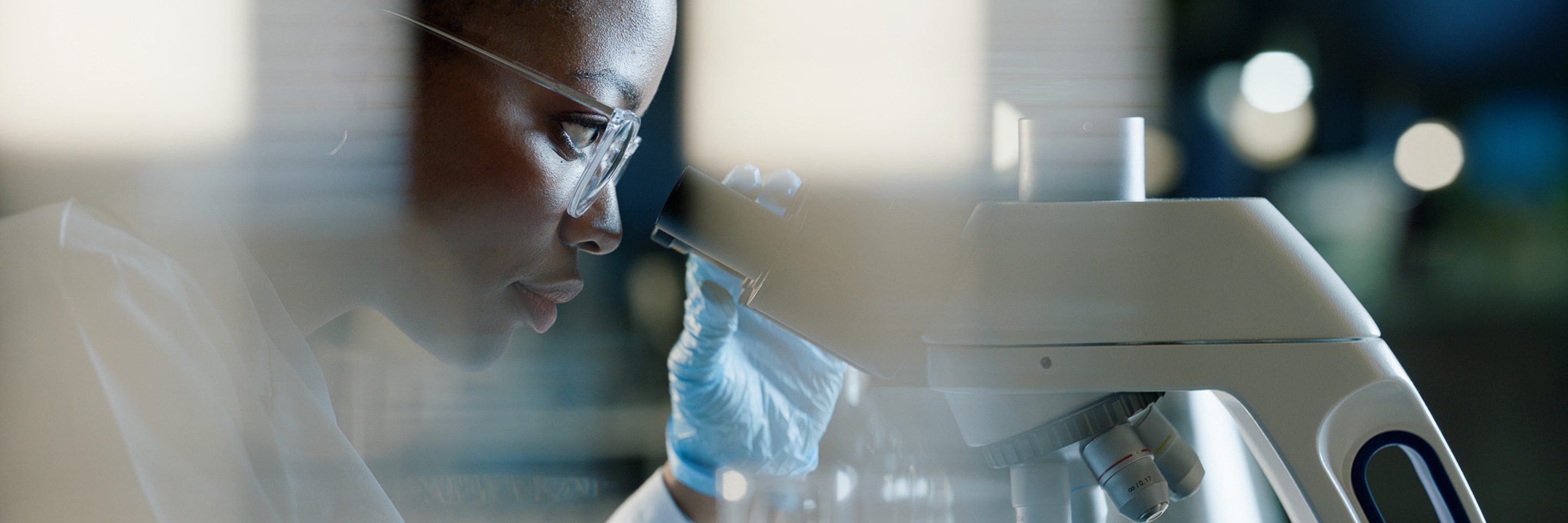
Future-ready Pharma: Preparing for 2026 R&D incentives and regulatory challenges
Eilish Haughton
Oct 7, 2025
Budget 2026 looks net-positive for biopharma, mainly via a bigger R&D incentive, but you should budget for trade/tariff risk and still-unclear regulatory resourcing.
What’s confirmed and why it matters (pharma)
- R&D tax credit up to 35% (from 30%): This immediately improves after-tax ROI on process development, scale-up, analytics, digital QMS/LIMS work, and early-stage pipeline R&D in Ireland. Expect stronger business cases for keeping/adding high-value steps (biologics, sterile fill-finish) on Irish sites.
- Current scheme baseline: prior Revenue guidance reflects the 30% rate for periods starting 2024; Budget 2026 lifts that to 35%, with further scope changes under consideration (outsourcing definitions, qualifying activities). Plan assumptions accordingly.
Likely/conditional factors to watch
- Broader R&D-credit scope & admin simplification are being explored by Government; industry bodies (incl. Bio, Pharma, Chem Ireland) are pushing for this alongside skills, sustainability and regulator capacity. If delivered, it would especially help smaller innovators and software/AI-heavy discovery platforms.
- Regulatory capacity (HPRA): strategy work is underway for 2026–2028, but no specific Budget line is published yet. If additional resourcing lands, expect faster variations/authorisations and shorter queue times.
Offsetting headwinds for pharma in 2026
- Operating-cost drift: wage and energy cost measures sit outside the R&D change; they may lift site OPEX even as R&D relief rises (details still filtering through press/analysis).
EU-US trade environment
A 15% tariff ceiling framework has introduced uncertainty for pharma flows; Irish leaders have warned of damage if applied broadly, and timelines carve-outs are fluid. Model margin impact on US-bound SKUs and track exemptions.
What this means by company type
Large biopharma manufacturers
- Re-evaluate Ireland vs. alternative sites for process validation, tech-transfer and continuous manufacturing—the 35% credit improves IRR on these programmes.
- Build tariff scenarios (0–15%) into US export pricing; prepare exemption dossiers emphasising patient impact/supply security.
Scaling/clinical-stage pharma & ATMP players. The higher credit can extend runway on CMC, stability studies, and algorithm-assisted discovery. If scope widens, more digital/AI work could qualify, and check for targeted supports (e.g., Enterprise Ireland has signalled grants for exporters hit by US tariffs).
Immediate actions for Irish pharma teams
- Re-run 2026–27 R&D portfolio economics at 35% and bring forward borderline projects (e.g., PAT/analytics upgrades, secondary packaging automation) that flip to positive NPV.
- Tariff risk management: map US-exposed SKUs, quantify duty pass-through vs. margin absorption, and ready regulatory/health-impact arguments for carve-outs.
- Watch for guidance on qualifying spend/outsourcing and any HPRA resourcing announcements; adjust claim documentation and submission timelines once details drop.
Related content

Get in touch with our specialists.





